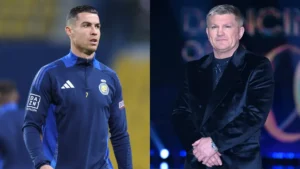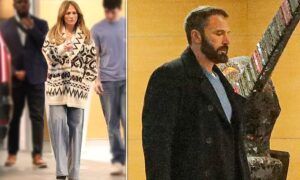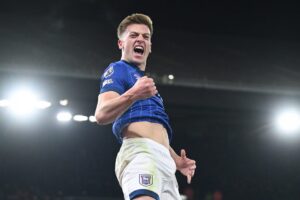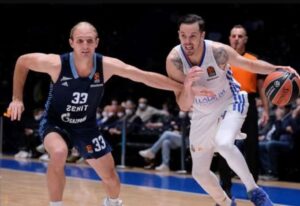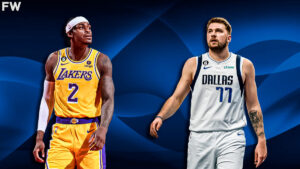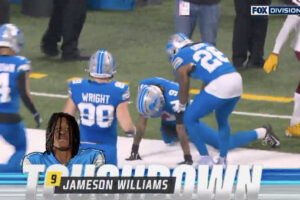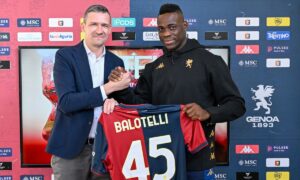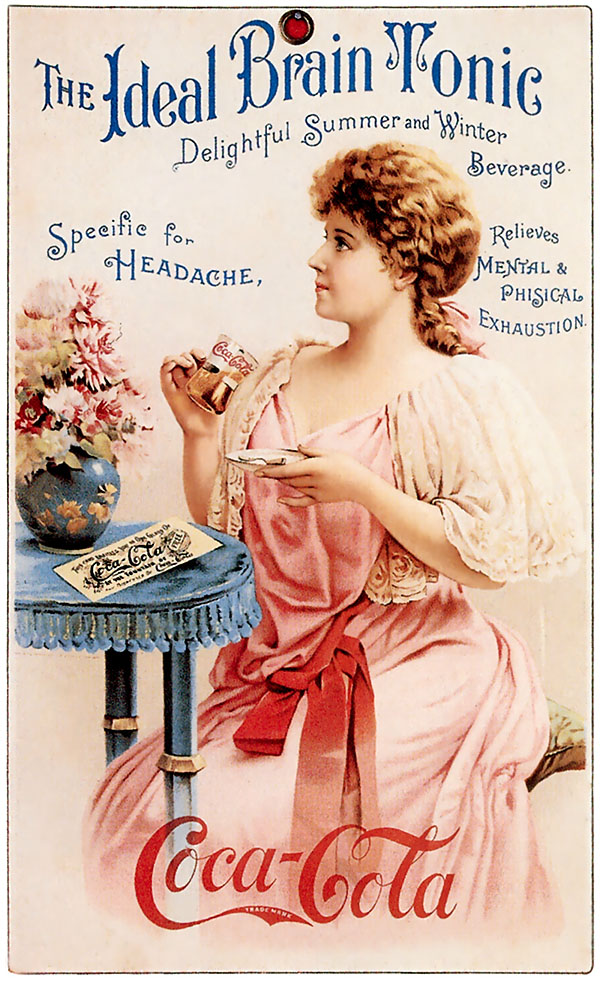
In 1900, Coca‑Cola signed its first celebrity endorsement – the light opera & dance hall singer, Hilda Clark. Since then, sports and entertainment have become part of the DNA of the Coca‑Cola Company…
Coca-Cola’s first foray into celebrity endorsements began in 1900 with Hilda Clark, a light opera singer and dance hall performer.
This marked a pivotal moment in the company’s history, as it recognized the power of aligning its brand with influential public figures. Over the decades, Coca-Cola has seamlessly woven itself into the fabric of sports, entertainment, and popular culture, becoming one of the most recognizable brands in the world.
Hilda Clark: The Beginning of Celebrity Endorsements
In the early 20th century, Coca-Cola was still solidifying its presence in the market. The decision to partner with Hilda Clark was strategic. Known for her charm and grace, Clark became the face of Coca-Cola’s advertisements, appearing in print ads and promotional materials that emphasized the beverage’s sophistication and refreshing qualities. Her image helped the brand connect with a broader audience, particularly women, and laid the foundation for Coca-Cola’s long-standing relationship with celebrity endorsements.
Expansion into Entertainment and Hollywood
As the entertainment industry blossomed, Coca-Cola expanded its partnerships. By the mid-20th century, the brand was closely associated with Hollywood stars and popular media. Coca-Cola’s iconic contour bottle made appearances in movies and television shows, cementing its status as a cultural symbol. Celebrities such as Marilyn Monroe and Elvis Presley were often pictured enjoying a Coke, further solidifying the brand’s allure.
In the 1980s, Coca-Cola elevated its entertainment ties by sponsoring global music events and collaborating with artists. Michael Jackson, one of the most famous entertainers of the era, became a Coca-Cola ambassador. The brand’s “Coke Is It!” campaign featured Jackson and resonated with audiences worldwide, connecting Coca-Cola to the energy and excitement of pop culture.
Sports and the Coca-Cola Brand
Coca-Cola’s relationship with sports began as early as the 1928 Olympic Games in Amsterdam, where it was the official sponsor. This partnership marked the start of Coca-Cola’s global presence in the world of sports. Over the decades, the brand has maintained its Olympic sponsorship, supporting athletes and promoting the spirit of competition and unity.
In addition to the Olympics, Coca-Cola has deep ties to other major sports events. It has been a long-time partner of FIFA, sponsoring the World Cup and creating memorable campaigns that celebrate soccer’s global appeal. Its “Taste the Feeling” campaign during the 2018 World Cup, for instance, brought together fans from diverse backgrounds, highlighting the unifying power of both soccer and Coca-Cola.
In the United States, Coca-Cola’s partnership with the National Football League (NFL) and its association with iconic events such as the Super Bowl further showcase its strategic alignment with sports. The company’s advertisements during Super Bowl broadcasts, such as the heartwarming “Mean Joe Greene” commercial in 1979, have become cultural touchstones.
Music and Coca-Cola: A Perfect Blend
Music has been another cornerstone of Coca-Cola’s marketing strategy. From jingles to collaborations with world-renowned artists, Coca-Cola has consistently used music to connect with audiences.
The “I’d Like to Buy the World a Coke” campaign from the 1970s remains one of the most famous examples, featuring a global choir singing about unity and peace.
More recently, Coca-Cola has worked with contemporary artists like Selena Gomez and BTS, tapping into their massive fan bases to engage younger audiences. These collaborations often go beyond traditional advertising, incorporating social media, interactive content, and live performances to create immersive brand experiences.
Community and Cultural Impact
Beyond entertainment and sports, Coca-Cola has made a significant impact on communities worldwide. Its campaigns often emphasize themes of togetherness, happiness, and inclusion. For example, the “Share a Coke” campaign personalized bottles with names and phrases, encouraging people to connect and share moments of joy.
Coca-Cola has also embraced diversity in its marketing. Ads like the 2014 Super Bowl commercial featuring “America the Beautiful” sung in multiple languages celebrated the multicultural fabric of the United States. Such campaigns have helped Coca-Cola remain relevant in an ever-changing social and cultural landscape.
Adapting to the Digital Age
In the 21st century, Coca-Cola has leveraged digital platforms to maintain its status as a cultural icon. The brand has embraced social media, influencer marketing, and interactive campaigns to engage with younger generations.
Its partnerships with e-sports organizations and gaming influencers highlight its ability to adapt to emerging trends in entertainment.
Coca-Cola’s focus on sustainability has also become a key part of its modern identity. Campaigns promoting recycling and environmental awareness demonstrate the brand’s commitment to addressing global challenges while staying connected to its customers’ values.
Coca-Cola’s journey from its first celebrity endorsement with Hilda Clark to its current position as a global cultural powerhouse reflects its ability to evolve and innovate.
By aligning with influential figures in sports, entertainment, and music, Coca-Cola has created a brand identity that transcends beverages. Its campaigns resonate with people across generations, making it a symbol of happiness, unity, and shared experiences.
As Coca-Cola continues to adapt to the changing world, its legacy of integrating itself into sports and entertainment ensures that it remains an integral part of popular culture.
From opera singers to global superstars, Coca-Cola’s enduring appeal lies in its ability to connect with people on a personal and emotional level, making every sip a part of a larger story.
